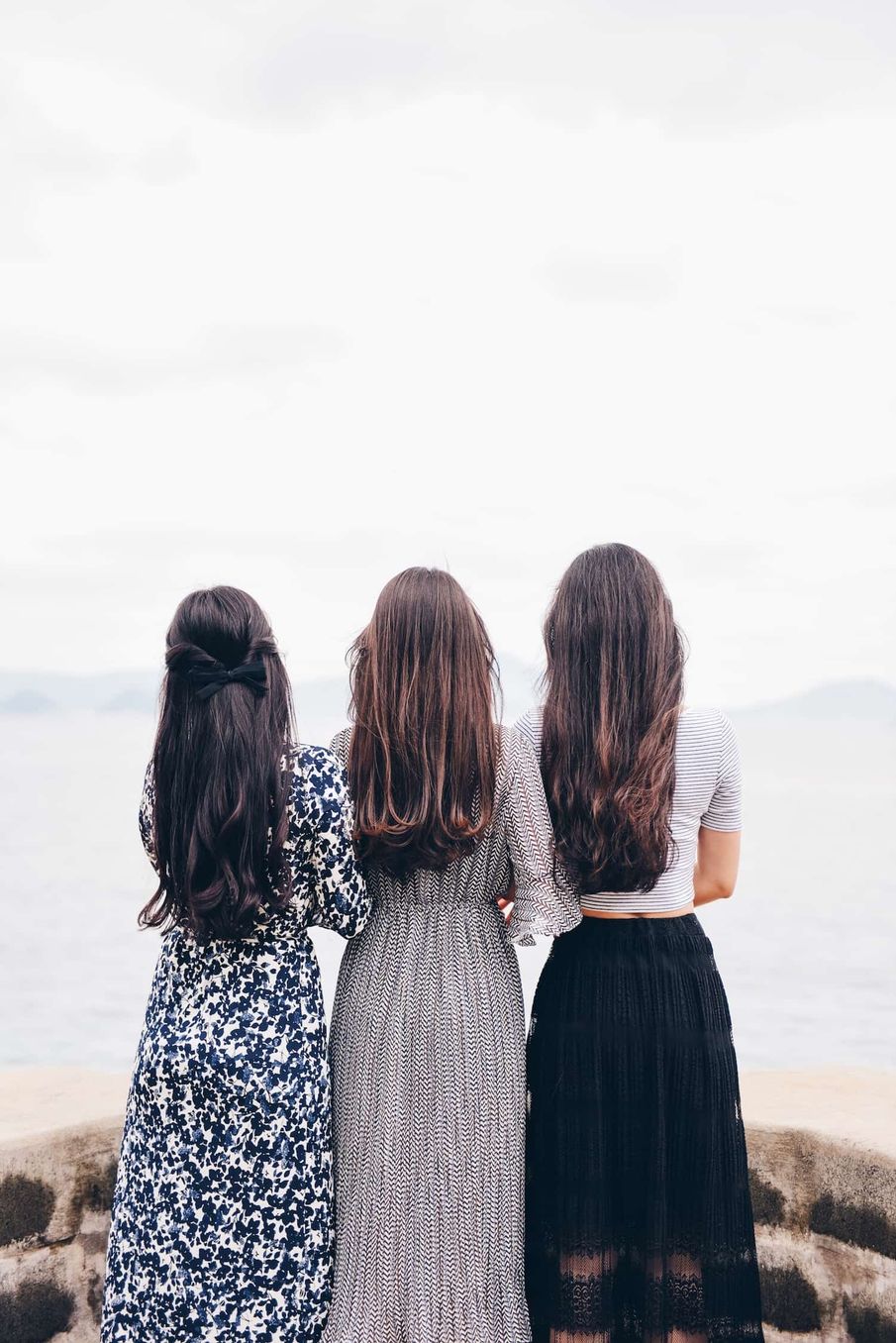A study released by the Office of National Statistics yesterday revealed that young women between 16 and 19 years old were significantly more likely to have experienced partner abuse in the last 12 months than women of any other age
“From our work with survivors, we know that women of all ages are living with domestic abuse – regardless of whether they have just embarked on their first relationship or have been married for decades,” Sian Hawkins, Head of Campaigns and Public Affairs for Women’s Aid, told Happiful.
“We also know that younger women experience abuse at shockingly high rates but are less likely to access vital support services. We want to change this.”
Women 20 - 24 years old were second most likely to have experienced partner abuse in the last 12 months before interview, compared to women aged 45-59, who experienced the fewest incidents of partner abuse, according to the study.
“Our culture often portrays controlling behaviour as a sign of being desired or loved when in fact coercive and controlling behaviour is at the heart of domestic abuse. This can make it more difficult for younger women, who may be entering into their first relationship, to identify abusive behaviours or question them, and as a result they may not speak out about the abuse or know that domestic abuse services can help them,” Sian told Happiful.
If you're worried that someone you know is experiencing domestic abuse, see our Survivor’s Handbook for practical support and information https://t.co/8BdGzgBX7C pic.twitter.com/N0TkKFD5dP
— Women's Aid (@womensaid) May 28, 2018
The figures were even higher for women living in households with an income of less than £10,000 - those women were found to be more than four times as likely to have experienced partner abuse than women living in households with an income of £50,000 or more. The statistics were also grim for bisexual women, women who identify with mixed/multiple ethnicities, women with long-term illnesses or disability and women who live in social housing.
The study comes in support of the United Nations’ Sustainable Development Goal 5, which aims to “achieve gender equality and empower all women and girls across the globe”. One of its targets is to eliminate all forms of violence against women and girls, and part of this target is to research to look into the characteristics of women and girls who are more likely to experience partner abuse, and the types of households they live in.
“This can help to inform policies and services aimed at ending violence against women and girls – one of the key targets in the United Nations Sustainable Development Goals” says Glenn Everett, Deputy Director, Well-being, Inequalities, Sustainability & Environment Division, Office for National Statistics.
“We want to let younger women know that they are not alone” Sian said.
Women’s Aid operates a 24 hour National Domestic Violence Helpline freephone 0808 2000 247. Visit Women’s Aid’s website to access their guide to healthy relationships for young people, and further resources.
Individual counselling may help you assess what to do about a violent relationship and learn what steps to take next. If you feel you would benefit from professional support, visit Counselling Directory.
Photo by Suhyeon Choi on Unsplash


Comments